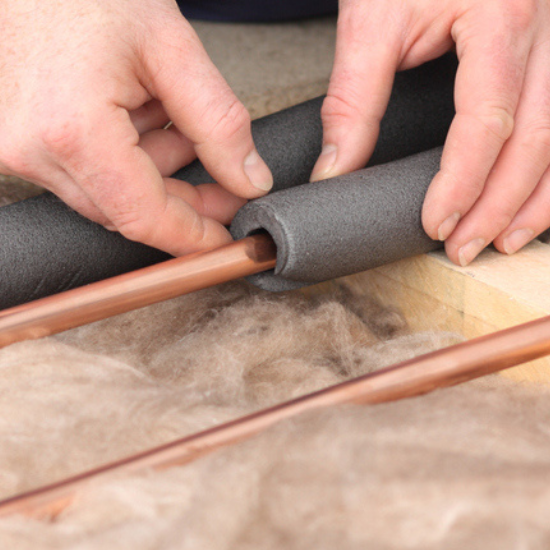Basic home maintenance is something that all homeowners must take care of, but that doesn’t necessarily mean anybody ever wants to.
However, by focusing on the necessary and practical tasks, you can cut down on the amount of time required to get through your seasonal to-do list.
And when it comes to your water heater, there are five basic steps that you should address each year, and that’s what today’s discussion will focus on.
Invest in an Insulating Blanket for Your Tank
If your water heater feels warm to the touch, it will be worthwhile for you to invest in an insulating blanket for the tank. And if your pipes don’t have any insulation on them at all, go to the hardware store and get some insulating sleeves.
What kind of savings? You’ll be able to turn down the temperature of the water heater by up to 4 F without losing any heat at the taps by insulating the pipes, and you could save up to 15 percent on your bills by insulating the tank.
Test Your Temperature Pressure Release Valve

What’s the point?The TPR valve may not look like much, but it could save your life. The purpose of this little valve is to open and release pressure from the tank when it gets too high, thereby preventing an explosion.
Check that the Anode Rod is Working Properly
The anode rod inside your water heater tank is the type of thing you would never know was there unless you went looking. But without this rod, your tank would rust out prematurely, and you’d have to replace the entire unit within just a few years rather than in a decade. To make sure that the anode rod continues working, inspect it yearly and replace it when it becomes completely corroded about every five years.
Drain Your Water Heater
While it may seem odd that you’re supposed to drain and replace the water in your hot water tank regularly, the fact of the matter is that annual flushing is necessary. Without it, sediment and minerals would build up in the bottom of the tank, and this leads to rust and bacteria.
What else is flushing goodfor? Along with preventing rust, keeping your tank clean will also make it more efficient, meaning you’ll save money on your energy bills.
Change Your Water Heaters Temperature

Regular maintenance will keep your water heater working optimally for many years. But if you feel you don’t have the time, tools, or skills, then the experienced and trained technicians at L.E. Isley & Sons, Inc in Westfield, IN, can help you with every one of these steps. Call (317) 420-4006 today to schedule an appointment.

